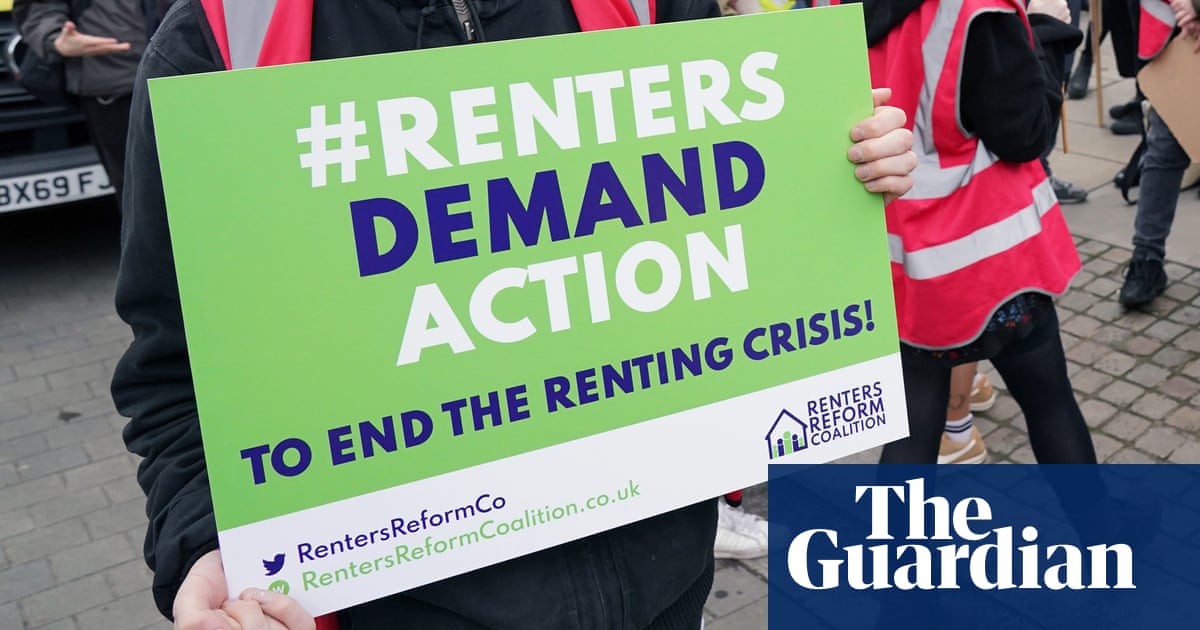
The government’s new building regulations were supposed to be the blueprint for carbon-neutral homes, helping the country reach net zero by 2030, but instead are a step backwards, industry experts have said.
The government policy, published on Wednesday and due to be introduced by 2025, has mandated a 30% carbon cut in all new buildings and a 27% cut in others. The new rules will come into force in June in England, with a transition period to allow for planning applications that are in progress at the time.
The housing minister, Eddie Hughes, said the change would pave the way for the future homes and future buildings standards in 2025 and would mean all future homes would be ready for net zero and not need any retrofit work.
“The changes will significantly improve the energy efficiency of the buildings where we live, work and spend our free time and are an important step on our country’s journey towards a cleaner, greener built environment,” he said.
However, construction industry experts said the new regulations are “a tiny and far cry from what is needed” especially considering Cop26 commitments. They argue, in particular, that allowing large building companies to use their own performance metrics does not bode well for a reduction in emissions.
“From a first glance it may seem that the interim uplift is positive. From the face of it, it looks like buildings under the 2021 uplift will emit 30% less carbon,” explained Clara Bagenal George from LETI, a network of 1,000 built environment professionals that are working together to put London on the path to a zero carbon future.
She argued that in fact, “due to the methodologies behind the regulation, this is more likely to translate into only a 5%-10% improvement in energy efficiency in practice”.
Joe Baker, head of carbon management at Haringey council, reacted on Twitter to the regulations, saying: “This is disappointing and lacks ambition. Industry experts, investors, and citizens have shared with the government what is possible and what they want to see. They have given examples of where development is delivering better building far beyond this proposal. Showing the benefits to the industry, investors, and building occupiers. However, their views, expertise, and experiences, have been disregarded for a lower standard.
“What happened to global Britain? Where is the global leadership in building a better zero carbon future? Using the UK’s skills and knowledge to deliver this ambition.”
Experts have also argued that the new commitments don’t require existing housing stock to be retrofitted, which would reduce energy consumption and improve efficiency.
Julie Godefroy at the Chartered Institution of Building Services Engineers, explained: “CIBSE had many concerns about the consultation proposals, including performance metrics, the treatment of heat networks and the lack of ambition to retrofit the existing stock. Some of these concerns have been partially addressed and, in some cases, government has adopted the most ambitious option from the consultation.
“However, the uplift is a significant missed opportunity to provide a meaningful step towards the future homes/buildings standard, and it risks adding to the legacy of buildings and networks which will need future retrofit.
“New buildings are the easiest part of decarbonising the built environment, so we must get it right, and there is huge industry support for net zero, which government must build on.”
Vanessa Scott, the climate change manager for West Oxfordshire district council, said: ‘‘At a local authority level, in order to achieve net-carbon homes, we needed government to be listening to experts and pushing forward with standards that will lead us towards this goal and sooner rather than later. Industry experts have shared with the government what is possible, but they have not been listened to.”












